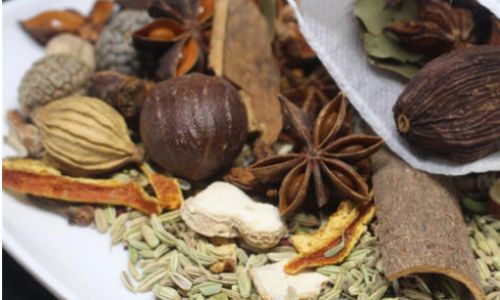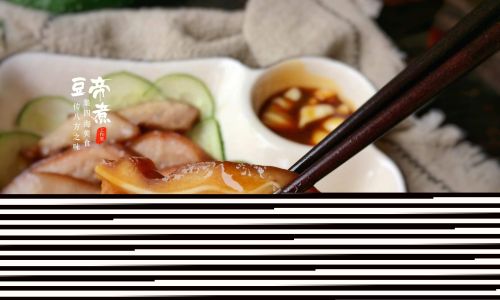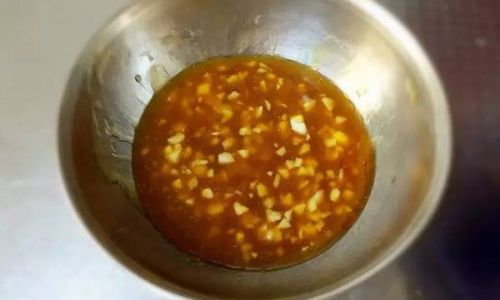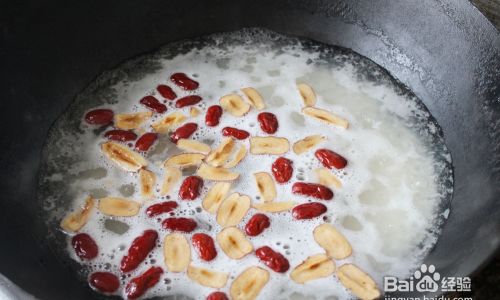Introduction
Braising spices, known as lǔliào in Chinese cuisine, are pre-mixed blends of aromatic herbs, spices, and seasonings designed to infuse meats, eggs, tofu, and vegetables with rich, savory flavors. These convenient packets, readily available in supermarkets and international grocery stores, eliminate the guesswork of assembling complex spice combinations from scratch. Whether you’re a novice cook or a seasoned home chef, mastering the use of supermarket-bought braising spices can elevate your dishes to restaurant-quality standards. This article delves into the nuances of selecting, preparing, and cooking with these versatile mixes, offering tips, techniques, and creative adaptations to suit diverse palates and dietary preferences.
Understanding the Composition of Braising Spices
Before diving into cooking methods, it’s essential to grasp what lies within a typical braising spice packet. While formulations may vary by brand and regional style, most contain a harmonious blend of:

- Star Anise: Provides a sweet, licorice-like aroma.
- Cinnamon: Adds warmth and depth.
- Sichuan Peppercorns: Impart a mild, tingling sensation.
- Fennel Seeds: Contribute an anise-like sweetness.
- Cloves: Offer a pungent, slightly bitter note.
- Dried Ginger: Brings a zesty, peppery kick.
- Bay Leaves: Add earthy, floral undertones.
- Cardamom: Infuses a citrusy, herbal freshness.
Some packets may also include dried chili peppers, black peppercorns, or coriander seeds. The balance of these ingredients creates a umami-rich base that forms the backbone of classic dishes like lǔròu (braised pork belly), lǔdàn (marinated tea eggs), and lǔdòufu (spiced tofu).
Preparation: Laying the Groundwork for Flavor
- Defrosting Proteins: If using frozen meats (e.g., pork, beef, chicken), thaw them completely in the refrigerator. This ensures even cooking and proper absorption of flavors.
- Blanching (Optional): For fatty cuts like pork belly, blanching in boiling water for 2–3 minutes removes impurities and tightens the meat, preventing excessive oiliness during braising.
- Marinating: While some recipes skip this step, marinating proteins in a mixture of soy sauce, rice wine, and a portion of the braising spices for 30 minutes to an hour enhances penetration of flavors.
- Preparing Aromatics: Pair the spice packet with fresh ingredients like garlic, ginger, scallions, or dried chili peppers for added complexity.
Cooking Methods: Tailoring Techniques to Your Kitchen Tools
Braising spices are incredibly versatile, adapting to stovetop, slow cooker, and pressure cooker methods. Here’s how to wield each tool effectively:

Stovetop Braising (Traditional Method)
- Step 1: In a large pot, heat 1–2 tablespoons of oil over medium heat. Sauté sliced ginger, garlic, and scallions until fragrant (1–2 minutes).
- Step 2: Add the braising spice packet and stir for 30 seconds to release aromatics.
- Step 3: Introduce your protein (e.g., 2 lbs pork belly, cut into 2-inch chunks) and sear until lightly browned on all sides.
- Step 4: Pour in enough liquid (water, broth, or dark soy sauce) to submerge the meat by 75%. Add 2–3 tablespoons of soy sauce, 1 tablespoon of rock sugar (or brown sugar), and a splash of rice wine.
- Step 5: Bring to a boil, then reduce heat to a simmer. Cover and cook for 1.5–2 hours, or until the meat is tender. Stir occasionally and adjust seasoning with salt or sugar if needed.
Slow Cooker Convenience
- Step 1: Follow Steps 1–3 above, then transfer the seared meat and aromatics to a slow cooker.
- Step 2: Add 1.5 cups of liquid (reduce if using a smaller cooker) along with soy sauce, sugar, and rice wine.
- Step 3: Cook on low for 6–8 hours or high for 3–4 hours. The extended cooking time melts collagen into gelatin, yielding fall-off-the-bone tenderness.
Pressure Cooker Speed

- Step 1: Sear the meat in the pressure cooker using the “sauté” function.
- Step 2: Add remaining ingredients and 1 cup of liquid. Seal the lid and cook on high pressure for 25–30 minutes (adjust for meat type).
- Step 3: Allow natural release for 10 minutes, then quick-release remaining pressure. Simmer uncovered to thicken the sauce if desired.
Enhancing Flavor: Customization and Troubleshooting
- Adjusting Saltiness: If the broth is too salty, dilute with water or unsalted broth. For blandness, add a pinch of salt or a splash of dark soy sauce.
- Sweetness Balance: Rock sugar mellows bitterness; add 1–2 teaspoons more if the spices taste harsh.
- Depth of Flavor: For a caramelized richness, sauté 1 tablespoon of fermented bean paste or hoisin sauce with the aromatics.
- Thickening the Sauce: Reduce the braising liquid by simmering uncovered, or mix 1 teaspoon cornstarch with water and stir in during the final minutes.
Creative Applications Beyond the Basics
Braising spices aren’t limited to meat. Explore these vegetarian and vegan adaptations:
- Eggs: Hard-boil eggs, crack the shells gently, and simmer in the braising liquid for 30 minutes. Let them soak overnight for marbled “tea eggs.”
- Tofu: Use firm tofu, pressed to remove excess moisture. Pan-fry until golden, then braise in the spice mixture for 15–20 minutes.
- Vegetables: Braise hearty vegetables like daikon radish, potatoes, or mushrooms in the spiced liquid until tender.
- Seitan or Wheat Gluten: Simmer store-bought seitan in the braising liquid for 20 minutes for a meat-like texture.
Storage and Repurposing Leftovers

- Refrigeration: Store braised dishes in airtight containers for up to 4 days. The flavors often deepen overnight.
- Freezing: Freeze portions for up to 3 months. Thaw in the refrigerator before reheating.
- Repurposing Broth: Strain and freeze the braising liquid as a flavorful base for soups, noodles, or future braises.
Common Mistakes and How to Avoid Them
- Overcrowding the Pot: Cook meat in batches to prevent steaming instead of searing.
- Skipping the Sear: Browning meat caramelizes sugars, adding depth—don’t rush this step.
- Insufficient Liquid: Always ensure meat is partially submerged; add water if needed during cooking.
- Overcooking Eggs: Boil eggs for exactly 9 minutes before peeling and braising to prevent rubbery whites.
Regional Variations and Brand Recommendations
While most supermarket packets offer a generic “Chinese braising spice” mix, some brands specialize in regional styles:
- Sichuan-Style: Look for packets with extra Sichuan peppercorns and chili peppers for a numbing heat.
- Taiwanese-Style: Blends may include star anise, cinnamon, and dried tangerine peel for a brighter finish.
- Cantonese-Style: Prioritizes sweetness, often with additional rock sugar and licorice root.
Conclusion: Elevating Home Cooking With Ease
Supermarket-bought braising spices democratize access to complex flavors, transforming humble ingredients into culinary triumphs. By understanding the interplay of spices, mastering cooking techniques, and experimenting with customization, even novice cooks can achieve professional results. Whether you’re simmering a pot of pork belly on a lazy Sunday or whipping up a batch of spiced eggs for a quick snack, these versatile mixes are your gateway to the aromatic world of Chinese braising. So next time you spot a packet of lǔliào in the store aisle, grab it—and let the magic unfold in your kitchen.







0 comments